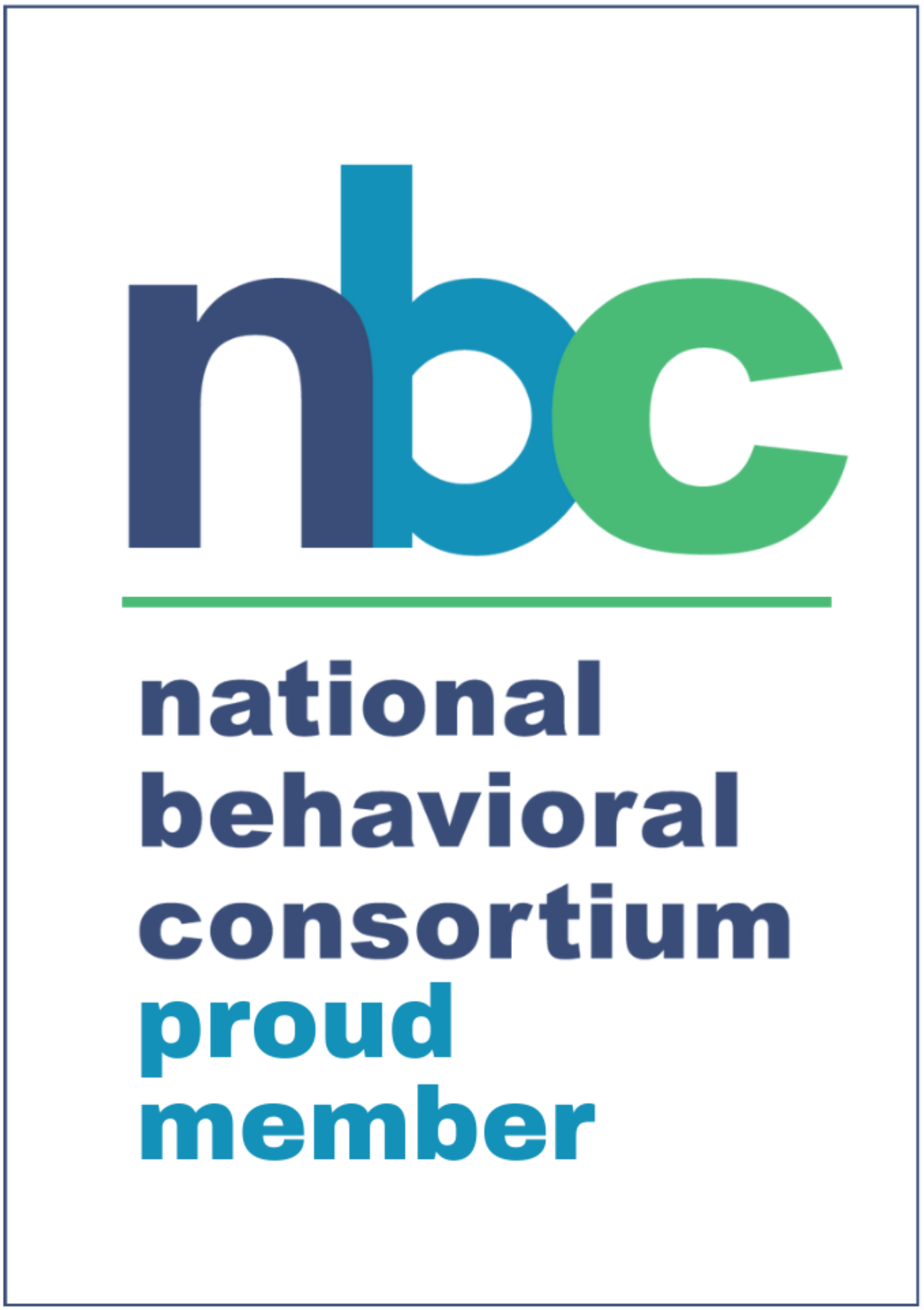Ill-Structured Problems and Business Decisions
Leadership articles often focus on a variety of variables. These variables may include personality traits, born or made, demographic variables, attractiveness, communication skills, vision, and intelligence. These variables have varying degrees of research behind them. One aspect of leadership that is universal in business is that leaders get to make complex decisions on ill-structured problems for which there are better and worse answers, rarely right or wrong answers (Mines, Hood, Wood and King, 1990). Given the number of “Black Swans” business leaders have run into, a discussion of some of the cognitive and thinking errors that can be made follows in this article (Taleb, 2007).
Kahneman has written a ground breaking book on thinking heuristics and errors in thinking. As business leaders look at their success and failure rates, it is a reasonable question to ask why so many decisions result in under-performance, if not outright failure. Kahneman’s work contributes to our understanding of these predictable thinking errors. This blog is a partial summary of Kahneman’s work. All acknowledgement of its scholarship goes to Dr. Kahneman and any errors attributed to the author of this summary.
Thinking Fast and Slow: The Operating System
Kahneman described two systems related to thinking.
System 1 operates automatically and quickly, with little or no effort. System II allocates attention to the effortful mental activities that demand it, including complex computations. The operations of System 2 are often associated with the subjective experience of agency, choice, and concentration. System 1 effortlessly originates impressions and feelings that are the main sources of explicit beliefs and deliberate choices of System 2. The automatic operations of System 1 generate complex patterns of ideas, but only the slower System 2 can construct thoughts in an orderly series of steps (Kahneman, 2011, p. 20-21).
These two systems constantly interact. System 1 runs continuously and System 2 is normally in a comfortable, low-effort mode, in which only a fraction of its capacity is engaged. System 2 is a “lazy system.” System 1 continuously generates suggestions for System 2, impressions and intuitions, intentions and feelings. If System endorses them, they are turned into beliefs and impulses turn into voluntary actions. System 2 endorses the suggestions of System 1 with little or no modification. System 2 is utilized is called into play in order to proved more specific and detailed processing. It is mobilized to control impulses, to increase effort when it detects that an error is about to be made. System 1 has biases, however, systematic errors that it is prone to make in specified circumstances. It sometimes answers easier questions than the one it was asked and it has little understanding of logic and statistics. It cannot be turned off (p. 24).
Bias and Thinking Errors
In order to give the reader a flavor of the types of thinking errors and to encourage the reader to study the book in more depth, the following are a partial list of bias and thinking errors.
People who are cognitively busy are also more likely to make selfish choices, use sexist language, and make superficial judgments in social situations. An effort of will or self-control is tiring, requires effort, and is unpleasant – known as ego depletion (Kahneman, 2011, p. 42).
Association. The Associative Machine is in play when two ideas are associated and System 1 tries to make them associatively coherent. An idea that has been activated does not evoke just one other idea, it activates many other ideas which in turn activate even more ideas. Only a few of these will be conscious.
Priming. Words and events can “prime” the next sequence of words or thoughts in a way that they are related and we don’t even know it. Priming can also affect our behavior. People who were asked to think about aging, walked slower down the hall than people asked to think about another topic, for example. Common gestures such as nodding yes or no prime our emotional responses to a situation. Money-primed people become more independent, more reluctant to be involved with others, less willing to depend on others, or to accept demands from others, than they would be without the associative trigger.
Cognitive Ease/Cognitive Strain. The mind is constantly monitoring. Ease is a sign that things are going well – no threats, no major news, no need to redirect attention, or mobilize effort. Strain is affected by both the current level of effort and the presence of unmet demands. Cognitive ease is connected to a number of variables such as clarity and ease of understanding which is commonly implemented by marketers when choosing fonts, colors, and copy. When you feel strained, you are more likely to be vigilant and suspicious, invest more effort in what you are doing, feel less comfortable, and make fewer errors, but you also are less intuitive and less creative than usual.
Illusions of Remembering. Memory and thinking are vulnerable to illusion. Familiarity as an experience has a simple but powerful quality of ‘pastness’ that seems to indicate that it is a direct reflection of prior experience. Words or names you have seen before produce greater cognitive ease and it is this ease that gives you a greater sense of familiarity.
Illusions of Truth. Predictable illusions inevitably occur if a judgment is based on an impression of cognitive ease or strain. Anything that makes it easier for the associative machine to run smoothly will also create bias. A reliable way to make people believe in falsehoods is frequent repetition, because familiarity is not easily distinguished from truth.
Strain and Effort. Performance is better when there is strain as it mobilizes System 2, which is more likely to reject the intuitive answer suggested by System 1. The mere exposure effect, pairs an arbitrary stimulus and mild affection for the stimulus. It does not depend on conscious experience of familiarity. It does not depend on consciousness at all.
Ease, Mood and Intuition. Good mood, intuition, creativity, gullibility, and increased reliance on System 1 form a cluster. At the other end, sadness, vigilance, suspicion, an analytic approach, and increased effort go together. A happy mood loosens the control of System 2 over performance: when in a good mood people become more intuitive and more creative but also less vigilant and more prone to logical errors.
Summary
As a business leader, it starts becoming apparent where your executive team and subordinates may be vulnerable to thinking errors and not even know it. Kahneman reviews many other cognitive errors and bias. It is incumbent upon all leaders to be as aware as possible of these errors and review decision processes in strategic planning, operations, and within the finance arena closely so as to avoid your organization’s own personal black swans.
Robert A. Mines, Ph.D.
CEO & Psychologist
Over the next three months future blogs will address further cognitive bias categories and provide business examples.
___________________________________________________________________________________________
Kahneman, D. (2011). Thinking fast and slow. New York: Farrar, Straus, and Giroux.
Mines, R.A., Hood, A., King, P., & Wood, P., (1990). Levels of Intellectual Development and Associated Critical Thinking Skills in College Students. Journal of College Student Development, 31 538-547.
Taleb, N. (2007). The black swan: the impact of the highly improbable. New York: Random House.







Leave A Comment